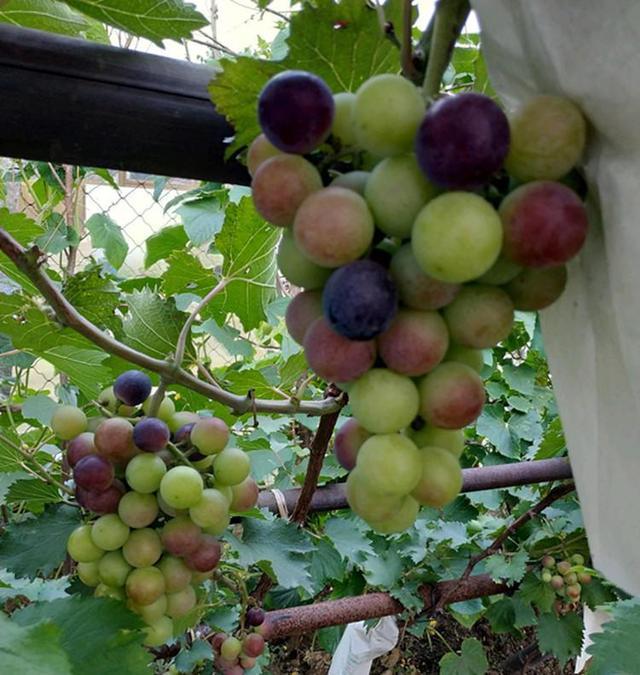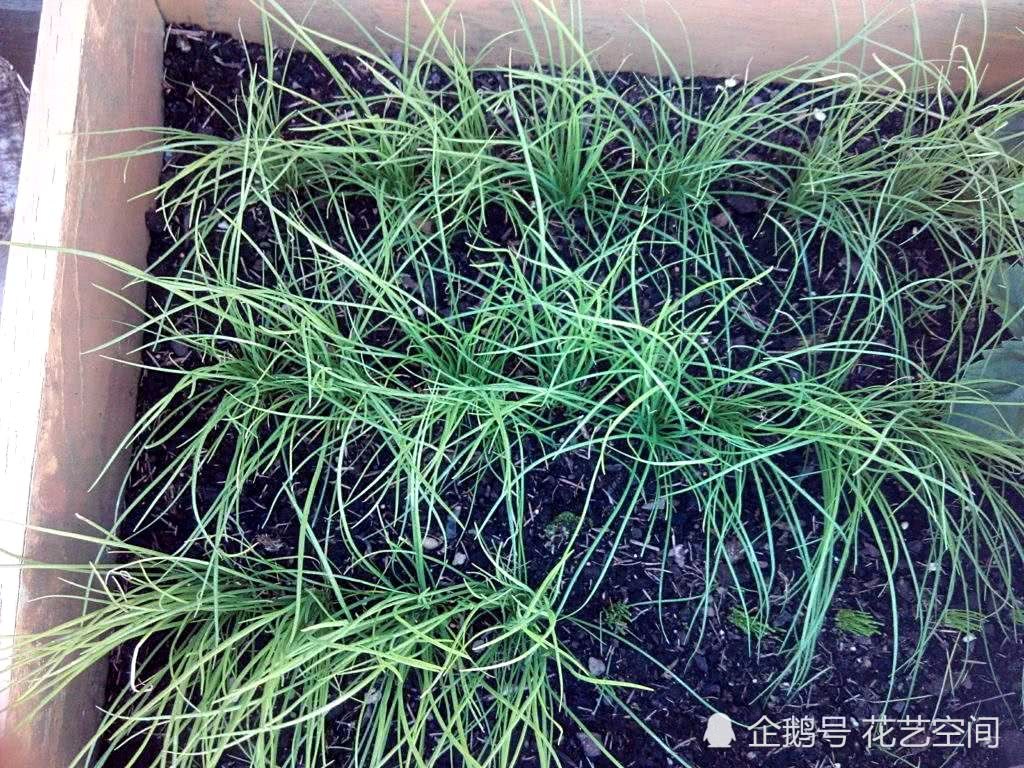Grow grapes and match 4 kinds of native grapes with strands of grapes all over the trees.

Potted grapes have to work hard on potted soil if they want to grow as strong as those planted in the ground. So, what kind of basin soil can make grapes bear more fruit and grow strongly? Today, I would like to introduce to you the most suitable formula for four kinds of potted grapes.
Grapes can generally be planted in spring, autumn and plum rain seasons. The basin soil is loose and fertile, so that it does not crust after irrigation, does not stick when wet, and does not crack when dry. Rotten leaf soil, vegetable garden soil and nutrient soil are commonly used after fertilizer and water irrigation. The recipes are:
1. 4 parts of peat soil, 3 parts of garden soil, 3 parts of coarse sand (or fine screened slag) and 0.5 parts of bone powder.
2. 4 samples of rotten leaf soil, 3 parts of garden soil or compost, 3 parts of coarse sand and 0.5 parts of bone meal.
3. 6 samples of peat soil or rotten leaf soil, 3 parts of perlite or vermiculite, 1 part of rotten barnyard manure or expanded chicken manure, 0.5 part of bone meal.
4. 5 parts of garden soil or compost, 3 parts of perlite or vermiculite, 2 parts of rotten barnyard manure and 0.5 parts of bone powder.
Choose 1-year-old strong seedlings with developed root system, stout branches and full bud eyes. Before putting on the pot, it should be pruned properly, leaving 2-3 branches and vines, which generally leave 3 buds at the base; at the same time, cut off the dry and withered roots, and the lateral roots remain about 15 cm short. Try to keep the roots stretched when planting. Watering once after planting, put in the sun, pay attention to watering, keep the soil moist, conducive to germination.
In addition, the maintenance of grapes, not many branches and leaves in early spring, the temperature is not high, need to be watered every 2-3 days. With the increase of plant growth and air temperature, the times of watering gradually increased. When the temperature was 25 ℃, once a day, when the temperature was above 30 ℃, the plant grew fast, so it should be watered once a day in the morning and evening.
In autumn, in order to promote the ripening of branches and fruits, water should be properly controlled and watered once every two days. Watering should be reduced in winter and should be watered once in 15-20 days during the dormant period, based on the principle of "dry and thorough". In order to avoid rotting roots, do not water too often.
Grapes like fertilizer, but concentrated application will "burn roots", so thin fertilizer should be applied diligently. The seedlings were fertilized every 10 days in the growing season until the end of September. The fruit tree was fertilized once every 5-7 days, and the thinned cake fertilizer was applied every 10 days after fruit harvest. In order to ensure that fertilization has no peculiar smell and does not affect ornamental, organic liquid fertilizer for fruits and vegetables can be selected.
Spray 0.3% potassium dihydrogen phosphate liquid fertilizer every 10 days during the spring germination and expansion period, and spray it 3-4 times in a row. When it is found that the new shoots are yellowed, ferrous sulfate can be applied properly, and it is best to apply special organic liquid fertilizer for fruits and vegetables and ferrous sulfate.
- Prev

Potted jasmine is not that you can't raise it, but it won't be watered.
Many people like to raise jasmine, but they always feel that they can't raise jasmine well, either yellow leaves or rotten roots, and some still haven't blossomed after many years. Actually,.
- Next

Potted leeks are more beautiful than flowers after eating once, and then growing full pots of green every year.
On the balcony, you can grow some vegetables, which can not only green the home and beautify the environment, but also continue to pick and eat, kill two birds with one stone, and plant a pot of leek on the balcony.
Related
- Wuhan Hospital Iron Tree Blooming Result Was Instantly Frightened by the Gardener Master
- Which variety of camellia is the most fragrant and best? Which one do you like best?
- What is the small blue coat, the breeding methods and matters needing attention of the succulent plant
- Dormancy time and maintenance management of succulent plants during dormancy
- Minas succulent how to raise, Minas succulent plant pictures
- What are the varieties of winter succulent plants
- How to raise succulent plants in twelve rolls? let's take a look at some experience of breeding twelve rolls.
- Attention should be paid to water control for succulent plants during dormant period (winter and summer)
- Watering experience of twelve rolls of succulent plants
- Techniques for fertilizing succulent plants. An article will let you know how to fertilize succulent plants.

